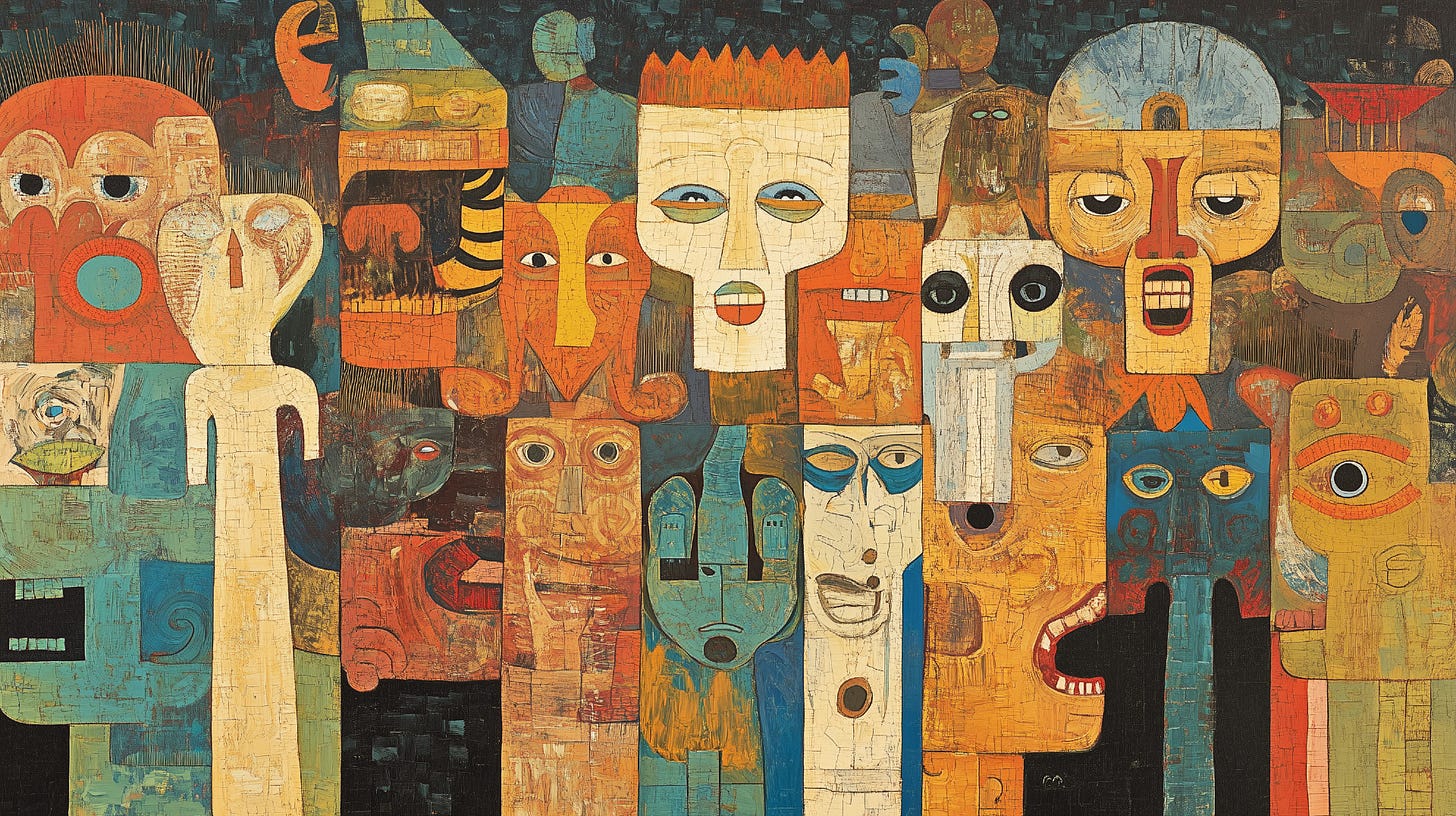💬 How ancient migrations gave us modern languages
Hey, folks! Let’s talk tongues: new genetic data shows Indo-European languages may have originated in the Caucasus region, clearing up debates about how they spread.
About 200 years ago, scholars noticed that classical Greek, Latin, and Sanskrit shared a lot of similarities. They guessed these languages came from a common ancestor, now called Proto-Indo-European. Today, nearly half the world speaks one of about 400 Indo-European languages, covering most of Europe, Central Asia, South Asia, and Iran. But where did this first language come from?
For years, people believed Indo-European languages spread with early farmers from Anatolia (now Turkey) as they introduced farming to Europe and Asia 9,000 years ago. But in 2015, ancient DNA revealed a massive migration of Yamnaya herders from the Eurasian steppe (now Russia and Ukraine) around 5,500 years ago, matching the advance of these languages.
Yet, the steppe hypothesis had a huge problem. If Yamnaya herders spread Proto-Indo-European, why didn’t its early speakers in Anatolia, like the Hittites, have any trace of Yamnaya ancestry in their DNA?
A new study might have cracked the case. Scientists identified a genetic signature in people from the region between the Caucasus Mountains and the lower Volga River, linking both the earliest Yamnaya and ancient Anatolians. Around 6,000 years ago, these people moved west, mixed with hunter-gatherers near the Black Sea, and became the Yamnaya. At the same time, others with the same roots headed into Anatolia.
So, the first Indo-European languages were born in the Caucasus-Lower Volga region before spreading to Anatolia and the steppe, where the Yamnaya took them even farther.
The research itself has a complicated origin story. It started over a decade ago as a single project between Ukrainian and Russian scientists. But after Russia invaded Ukraine in 2022, the team split. Ukrainian and Russian researchers couldn’t publish together anymore, so they released two separate papers — one with Ukrainian authors, the other with Russian. Even the quest for ancient history can’t escape modern-day conflicts.
Scientific one-liners
Omega-3 and vitamin D supplements, combined with regular exercise, can slow biological ageing by 3–4 months in people over 70 after three years. This reduction may lower the risk of age-related health conditions.
Bird and birdsong encounters improve mental health.
January 2025 was the warmest on record, with a global average temperature of 13.23°C, which is 1.75°C higher than pre-industrial levels. New studies suggest the world may have surpassed the Paris Agreement’s 1.5°C target.
Only 45% of researchers have used AI for tasks like translation, proofreading, and editing manuscripts, but most plan to expand its use, with widespread adoption expected in two years.
An AI tool detected subtle changes in flint tools, revealing that ancient humans used cooking fires at a 1-million-year-old site in Israel.
Researchers found that penguins build up 28 kilopascals of pressure when pooping, enough to launch their guano 134 cm—like a human shooting poo over 3 metres.
In crowds, people start moving in circles. At the San Fermín festival in Spain, circles formed when the crowd reached four people per square metre. When the crowd grew to nine people per square metre, these “human vortices” made a full turn in 18 seconds.
What I’ve been reading
“An explanation of how renewable energy saves you money”: Wind and solar are the cheapest energy sources, saving the economy money and improving air quality and national security, writes Andrew Dessler.
“Dr. Rhys Lemoine, megafauna rewilding scientist”: Another fantastic interview by Sam Matey of The Weekly Anthropocene.
“The universe could undergo a ‘catastrophic change’ that could alter absolutely everything”: The researchers developed the powerful quantum machine to represent the false vacuum. This process could shed light on the universe’s beginning and end.
“The curious case of Lithuanian astrobotany”: In the 1970s, Lithuanian scientists began testing plant growth in microgravity, achieving a world-first in 1982 by growing Arabidopsis thaliana from seed to seed in space.
“Ranking the pain of stinging insects”: How one passionate entomologist described and classified more than 70 species’ painful stings.
That’s it for today! Thanks for reading, and if you like my newsletter, please share it with a friend or ten.
Elia Kabanov is a science writer covering the past, present and future of technology (@metkere)
Illustration: Elia Kabanov feat. MidJourney.



